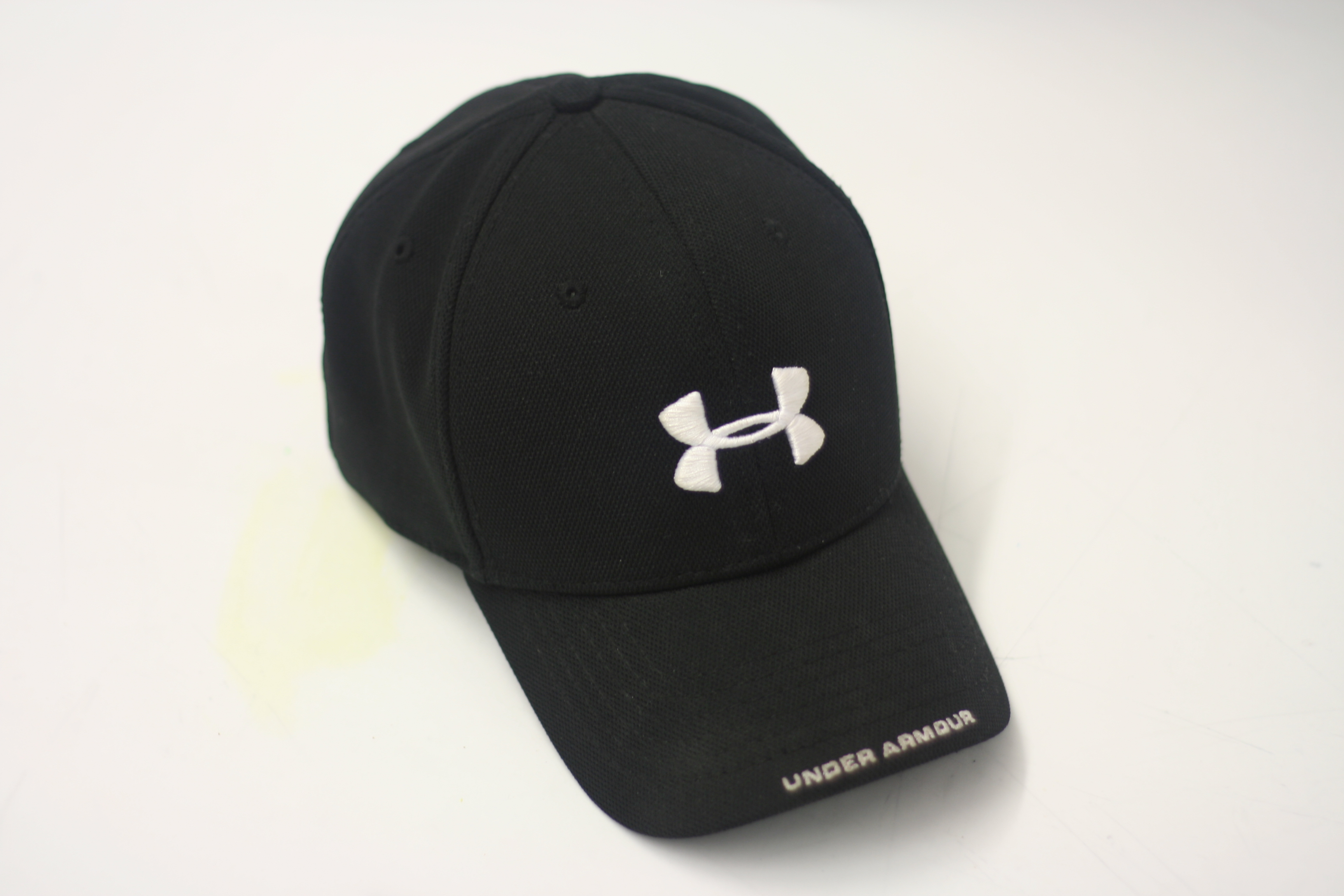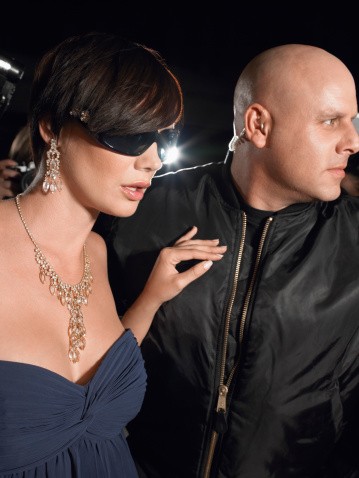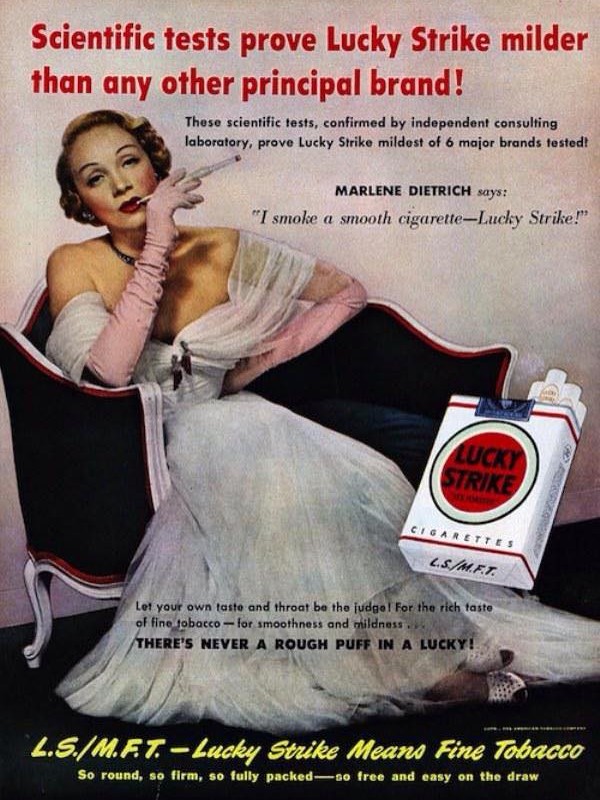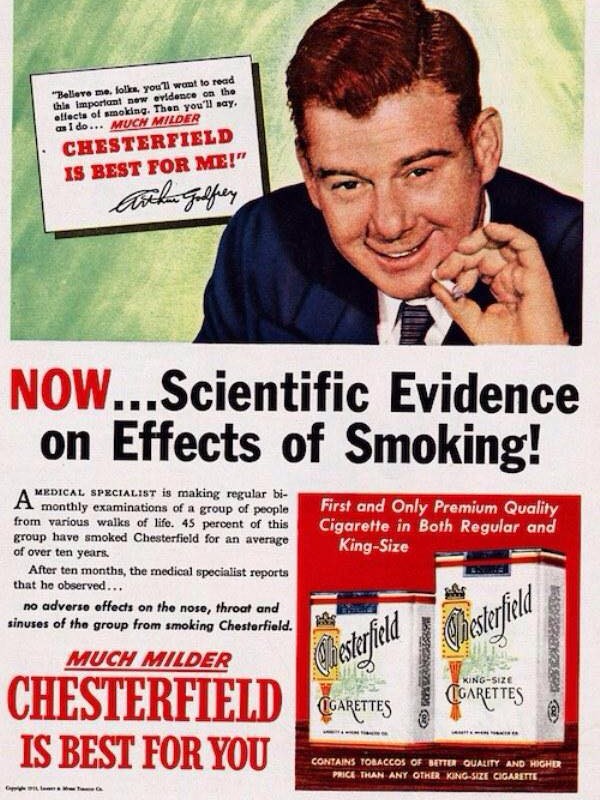The History Of Celebrity Endorcements
Sit down, relax, and enjoy...
History of Celebrity Endorsements and Product Placements
Attempting to get a famous or influentual person to help your cause is as old as humanity itself, but we are going to concentrate on celebrity endorsements for business purposes.
We can't talk about celebrity endorsements without talking about the growth of modern media, starting with Johann Gutenberg and famous authors who were some of the first real celebrities, then of course newspapers, followed by radio, movies, television, and now the modern internet with all its various sub-channels and social media.
As one of the most famous authors of his day, Mark Twain despite decrying corruption in politics,

In the early 1900's sports stars like Ty Cobb, Babe Ruth, and Cy Young were used heavily as endorsers by the various tobacco companies, with Cy Young being one of the first "co-branding" styles of endorsement in the exact manner that the George Foreman Grill was done over 100 years later.
One of the favored methods of advertisers as the newspapers increased in circulation and got more expensive, is to include the celebrity endorsement in a "Trade Card" which was used extensively as an insert in delivered packaged goods to consumers. The trade card can be thought of as an early version of the business card. Here are some great trade cards featuring Lilly Langtry, a famous actress of the time for Pears Soap.
appeared and endorsed Fountain Pens, had his own co-brand of Mark Twain cigars, clothing, shaving accessories, Old Crow Whisky, railroads, its a very long list!
If you click here, you'll see are some of those, very entertaining!
One of the favored methods of advertisers as newspapers increased in circulation and got more expensive, was to include the celebrity endorsement in a "Trade Card" which were used extensively as an insert in delivered packaged goods to consumers.
As silent films, radio, and vaudeville came on the scene in addition to the already prevalent newspapers and publishing industry, advertisers started to pick famous comedians like Fatty Arbuckle and Harry Bulger to endorse cigarettes, and celebrities of many stripes promoted tobacco, liquor, and patent medicines of the day.
Because there were virtually no regulations at all, except for prohibition, it is hard to track specific deals, compensation, and the effectiveness of the endorsements for the companies. Obviously, Celebrity Endorsements continued to explode, and silent film stars were increasingly sought after by the emerging big brands because of their ability to carry huge exposure.
Before we get to the modern era, let's look at some of these great endorsement ads from the 50s and 60s. An extensive study of over 1000 different endorsements from the 1920's all the way through to the 1970's show a predominance of endorsements for tobacco, beauty, fashion, alcoholic and non-alcoholic beverages of all kinds and equipment for radio, television, and music enthusiasts.
MODERN ERA 1980's and Beyond
As consolidation of Brands continued from the 60's into the 80's, a new level of sophistication was entered where instead of just co-branding an existing product with a celebrity, companies started making new products especially for a given celebrity. Farrah Fawcett had her line of hair care products for the styles of the day, Nike started a special sneaker for Michael Jordan and it helped build their worldwide mega-brand, and many top athletes made huge sums in these "co-branded" endorsement deals. From this area onward, celebrity endorsements became very prominent indeed, nearly three-quarters of all major clothing and shoe brands all hired celebrities to endorse their products, and many of these brands are still around today.
It has been said that Free Agency was a big cause of the explosion of endorsements around athletes, but endorsements continued unabated in movies and television as well, along with the additional wrinkle of the "product placement", which while not an outright endorsement, put products inside of movies and TV shows. This is a whole additional multi million dollar business which is for the most part totally unregulated.
1990's SEES THE NEXT LEVEL
Celebrity endorsements in the 90's became so big that they became news in and of themselves, which companies doing press conferences to announce the relationship, and crafting rollouts of products, advertising, and publicity together in seamless campaigns. During this time many celebrities moved from the simple endorsement side of the ledger to having a greater say and a greater participation in the products themselves, and in some cases becoming co owners of the entire company. In many cases the celebrities also became intertwined with major brands to such an extent that they became the "face" of the brand. Some of the smarter celebrities extended their own brands to outsource the creating of entire product lines themselves and became industries in their own right which lasted longer than the fame curve of the celebrity. Some examples of this are Paul Newman, Suzanne Summers, and George Foreman. Nike estimates that the deal with Tiger Woods netted them an additional $50 million in sales when they decided to get into the golf business, and because of increased competition, companies started looking for celebrities on the beginning of their fame curve, even down to pre-teen athletes!
STATE OF THE INDUSTRY TODAY
In the first decade of the new millennium, because of the speed of the news cycle and the growth of the internet, celebrity spokespersons have paradoxically been easier than ever to reach and sign deals with, and advertisers have been able to quantify better than at any other time the effect that a celebrity can have on the bottom line for a given brand. The wrong match between brand and celebrity, and any misconduct in the private life of a given celebrity can be an instant brand killer, just as the celebrity's career can be short lived indeed from private misdeeds. Nevertheless, the industry is thriving as promoted Tweets, promoted Instagram, Facebook posts and other types of endorsements are added to the mix as fast as new media channels and apps can be created.
It is now possible for even smaller brands to take advantage of what has been up to now the province of primarily big brands, and to more accurately determine if your customer's demographics accurately match a given celebrity that you would like to work with. Once the deal is done and signed, it is also much easier to measure the impact to your bottom line.
Is a celebrity endorsement right for you or your company?
Menu
Recent Posts From
Our Blog
-
 Under Armour Conspiracy and Celebrity Endorsements April 12, 2016
Under Armour Conspiracy and Celebrity Endorsements April 12, 2016 -
 Little Box of Rocks April 7, 2016
Little Box of Rocks April 7, 2016 -







 If you have any questions just click the chat on the bottom right of the screen or call us at 1-888-359-4521!
If you have any questions just click the chat on the bottom right of the screen or call us at 1-888-359-4521!